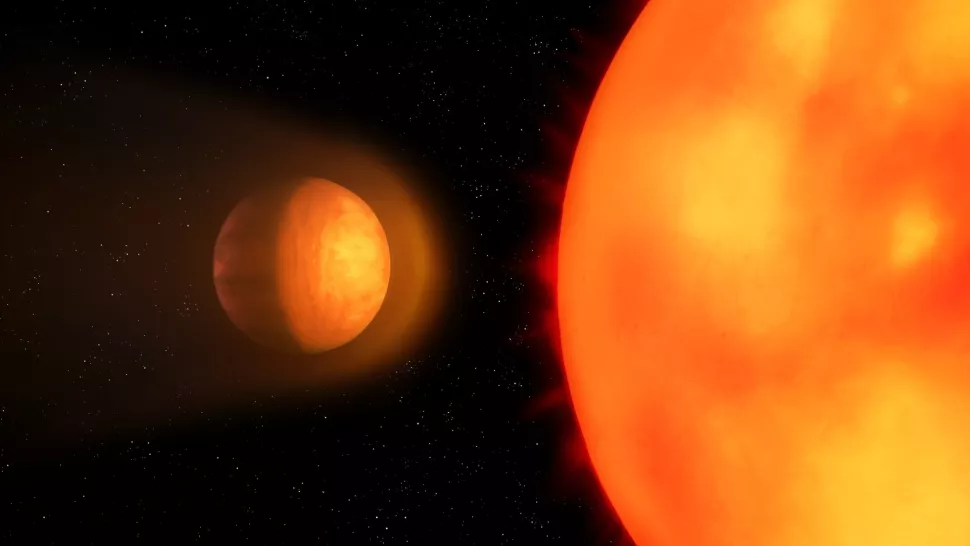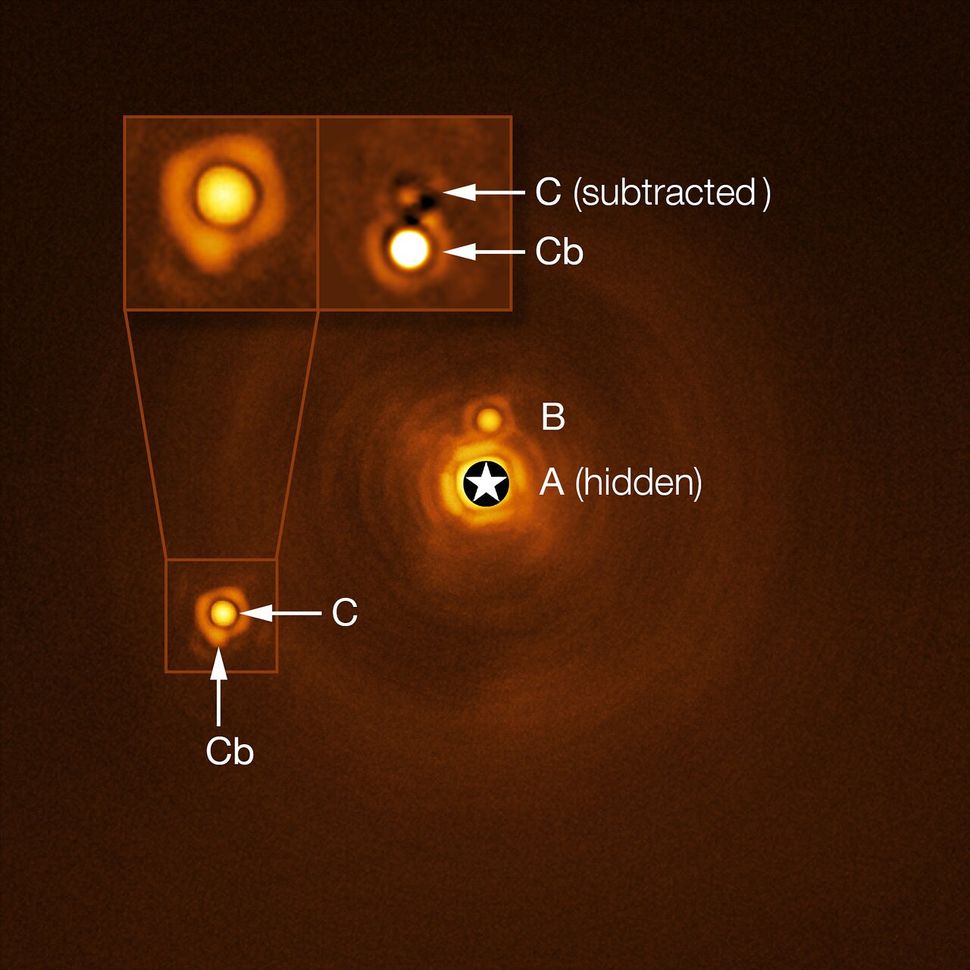Scientists unexpectedly found a 3-body exoplanet hiding in a star system
- September 19, 2023
- 0
The Very Large Telescope in Chile took a photo of a planet orbiting a star in a multi-star system located about 480 light-years from Earth. An exoplanet 15
The Very Large Telescope in Chile took a photo of a planet orbiting a star in a multi-star system located about 480 light-years from Earth. An exoplanet 15

The Very Large Telescope in Chile took a photo of a planet orbiting a star in a multi-star system located about 480 light-years from Earth.
An exoplanet 15 times more massive than our solar system’s largest planet, Jupiter, orbits a small star that is itself orbiting a larger star. Additionally, a brown dwarf, or “loser” star, orbits the larger star. Brown dwarfs earn this grim nickname because these objects are not large enough to sustain nuclear fusion in their cores as typical stars do, but they are still too large to be called planets.
The system, consisting of two stars and a brown dwarf under the common name HIP 81208, has been known to astronomers for a long time. But the presence of an exoplanet orbiting a smaller star came as a surprise to astronomers who studied images of the system previously taken by the Very Large Telescope of the European Southern Observatory (ESO) in Chile. The recently discovered exoplanet is also quite large; It is almost large enough to be called a brown dwarf.

The team’s discovery is the first hierarchical quadruple system found using direct imaging, ESO said in a statement. Most exoplanets are detected using what is called the transit method, which involves observing, from the observer’s perspective, slight dips in the star’s brightness caused by a planet passing in front of its disk.
A direct image is essentially a traditional photograph. But astronomers who use this method to image deep space use very powerful telescopes and ultra-sensitive cameras to see planets directly. In reanalyzed images, astronomers from the Paris Observatory discovered a giant exoplanet forming a spot in the ring of light surrounding its parent star. The discovery will help astronomers expand their understanding of the formation of complex systems, ESO said in a statement.
Source: Port Altele
As an experienced journalist and author, Mary has been reporting on the latest news and trends for over 5 years. With a passion for uncovering the stories behind the headlines, Mary has earned a reputation as a trusted voice in the world of journalism. Her writing style is insightful, engaging and thought-provoking, as she takes a deep dive into the most pressing issues of our time.